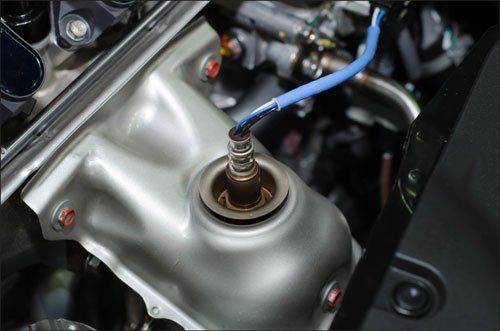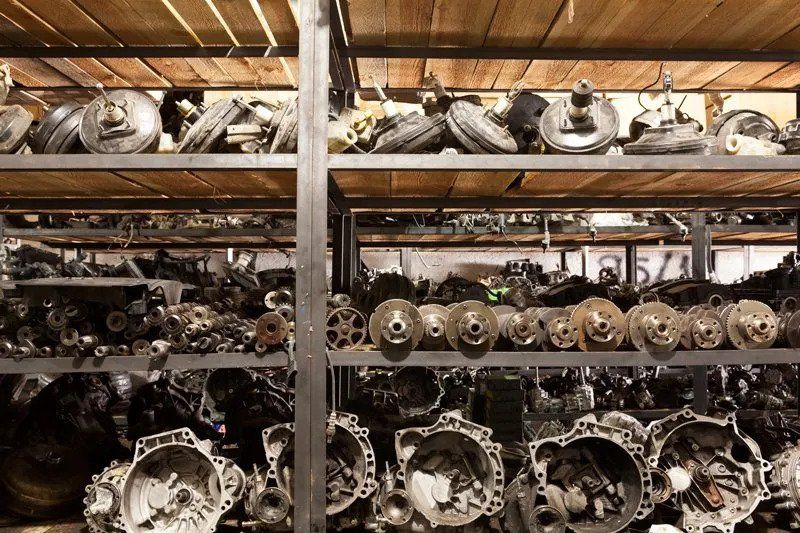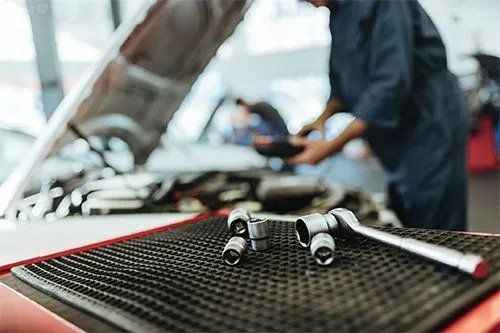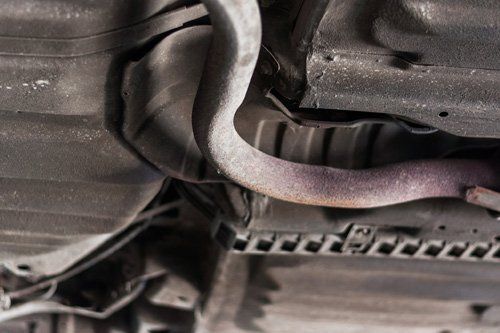Most cars produced today contain onboard computers that control everything from air conditioner temperatures to engine timing. These computers require detailed information from your car in order to optimize the way it performs. One of the most important pieces of information comes from the oxygen sensor.
Unfortunately, many people don't know very much about their oxygen sensor - right up until the moment it goes bad and starts causing all sorts of problems. If you believe that knowledge is the key to preventing automotive problems, keep reading. This article will introduce the role the oxygen sensor plays as well as some of the problems it commonly experiences.
THE OXYGEN SENSOR'S ROLE
The oxygen sensor lies at the heart of your car's feedback control loop. This component can be found in your car's exhaust manifold where it actively monitors the level of oxygen present in your car's exhaust. This information, in turn, allows the computer to calculate how efficiently combustion is taking place inside your engine.
Ideally, most of the oxygen that enters your cylinders will combust along with the gasoline. When oxygen levels fall out of an acceptable threshold, problems ensue. Abnormally low oxygen levels indicate a problem with the air-fuel mixture. In this case, there isn't enough air mixing with the gasoline. As a result, an unacceptable amount of gas is likely passing out of your exhaust without combusting.
An overly lean air-fuel mixture indicates the opposite problem - in other words, not enough fuel is entering the cylinders. As a result, oxygen levels remain much higher than they should be because there simply isn't enough gasoline to burn up all of the oxygen.
In either case, the oxygen sensor's data passes the information to the computer. The computer analyzes this information and, if necessary, makes the appropriate adjustments to the fuel injectors to ensure a more harmonious air-fuel mixture.
OXYGEN SENSOR MECHANICS
Now that you understand the general purpose of the oxygen sensor, you're probably wondering how it manages to collect such specific information - let alone communicate it to your car's computer. When you boil it down, an oxygen sensor operates much like a tiny generator. The sensor codifies information about the oxygen level into an electrical signal.
The strength of this signal expresses how much - or little - oxygen is present. An oxygen sensor consists of a small bulb covered with a highly porous coating of platinum. The inside of the sensor vents directly to the outside of your car, permitting air to flow into the bulb.
The science of an oxygen sensor can get pretty complex. At the end of the day, what you really need to know is that differences in the oxygen levels of your exhaust as well as the outside air cause the electrical voltage to form. The greater this difference, the stronger the voltage will be.
OXYGEN SENSOR PROBLEMS
Another important thing to know about your oxygen sensor is that it will only work once it has reached a temperature of approximately 600 degrees Fahrenheit. Oxygen sensors have to be built to withstand such temperatures and the constant bombardment of highly toxic exhaust gases.
Nonetheless, those harsh conditions will gradually wear an oxygen sensor down. Over time, carbon deposits accumulate on the outside of the sensor. These make it more difficult for a correct voltage to form between the oxygen outside and inside of the bulb. As a result, the sensor may end up sending incorrect information to the computer.
In order to promote the best possible efficiency, you must be proactive about replacing faulty oxygen sensors. For more information, please
contact the used car part professionals at Advantage Salvage & Auto Parts LLC.
A rebuilt engine isn't the most common car repair, but there are a few times when a rebuild is the best repair for the situation. Learn more about them.
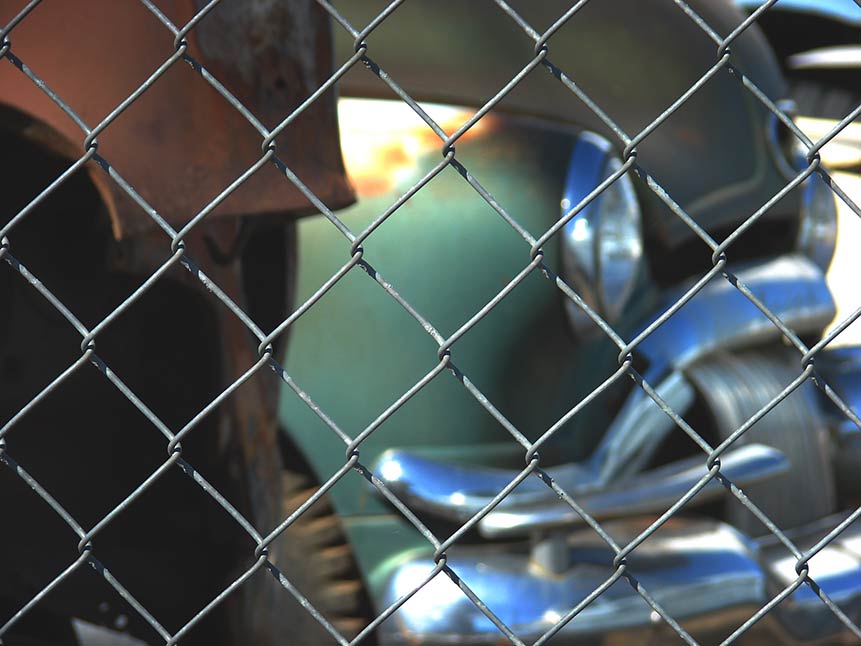
Salvage auto part yards are a source of great bargains for those who want to replace parts on their vehicles. However, those who have never purchased from a salvage yard before should learn a few things about how to do business with a salvage yard. The following are six mistakes you need to avoid if you go to a salvage yard to look for used auto parts.

